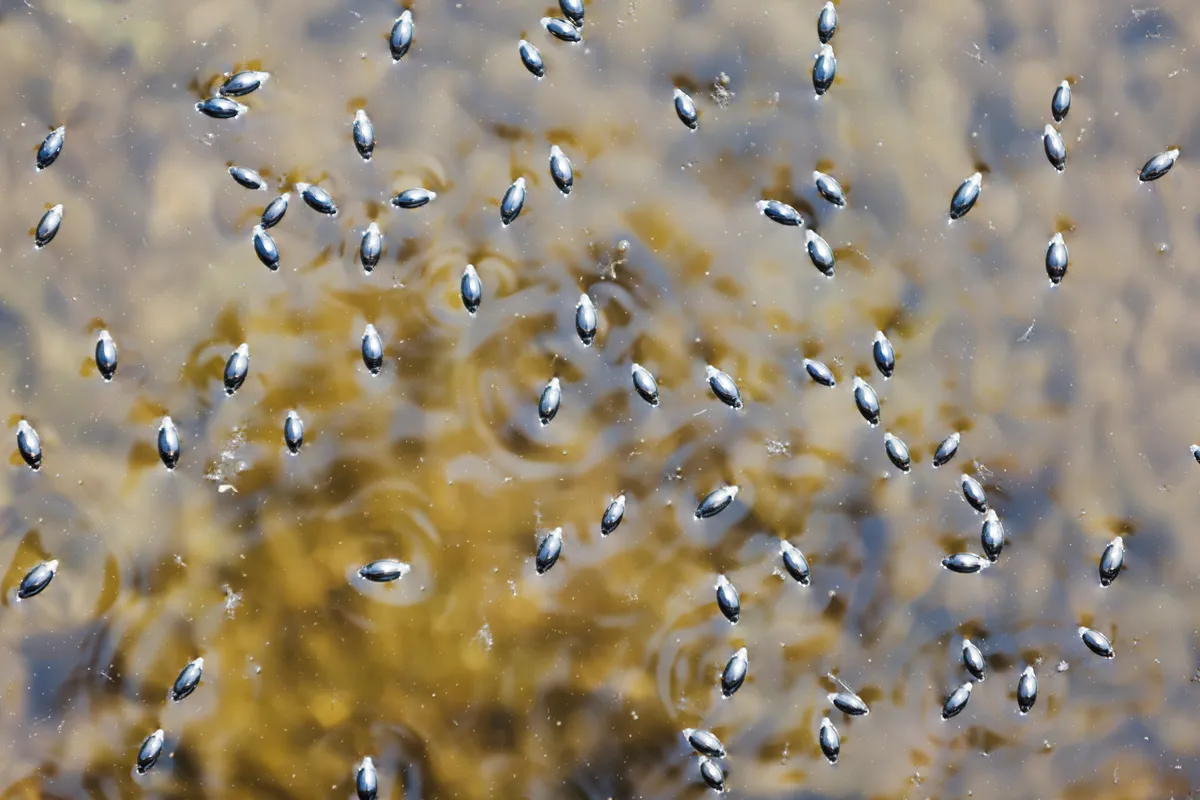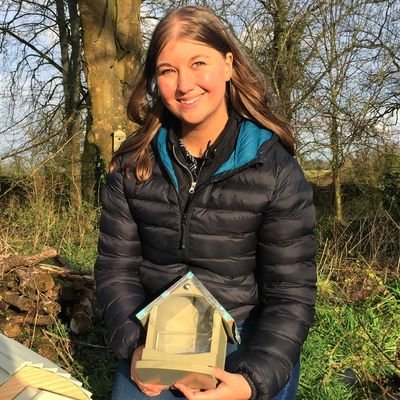Invertebrates in particular will thrive in a tiny pond. Birds can feed from the visiting insects and, if you provide a perch such as a large stone next to the pond, birds can also drink from it.
You can create small ponds by adapting items such as washing-up bowls, large plant pots or old sinks. Reuse an old fish tank to create an outdoor pond with an educational aspect as children (and adults) can see through the sides to watch what’s going on under the water.

When designing even the smallest pond, try to include a range of habitats such as hiding spots under the water, and plants to create shelter and provide food. In a small pond it’s most practical if your bowl is half-filled with plants so you can see down through the surface to the bottom.
If you have space for a larger wildlife pond, follow our step-by-step guide. Discover more tips for caring for your wildlife pond, and how to identify pond invertebrates.
